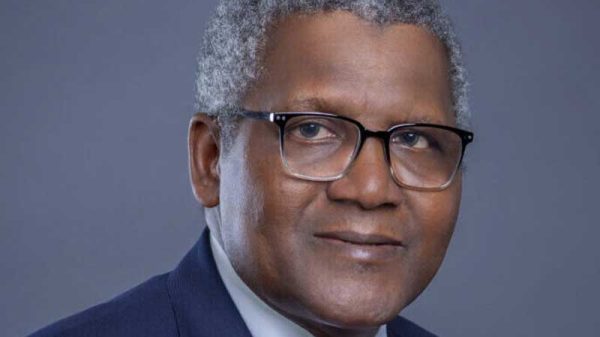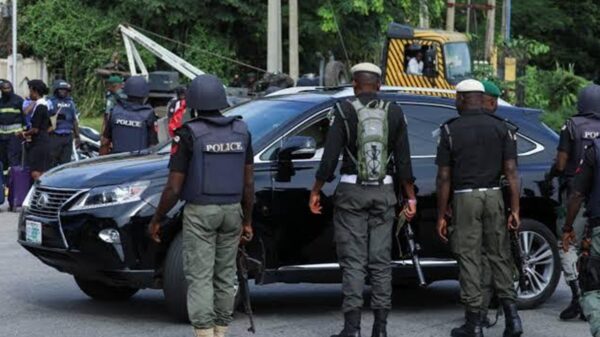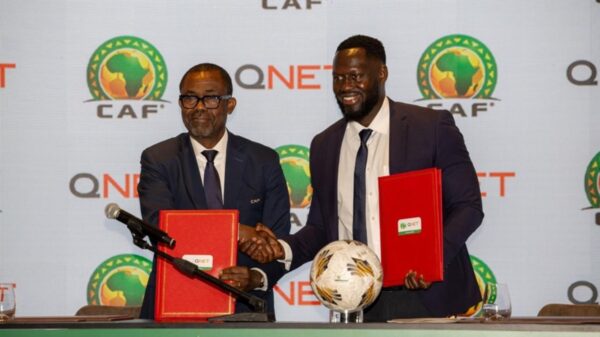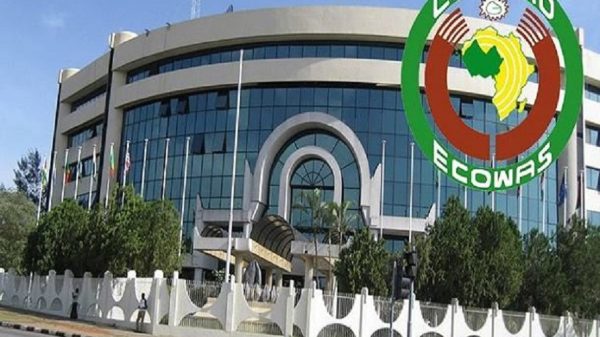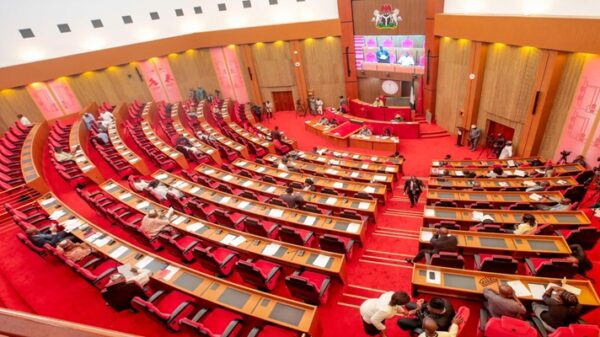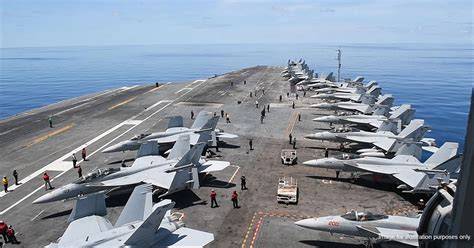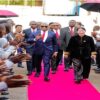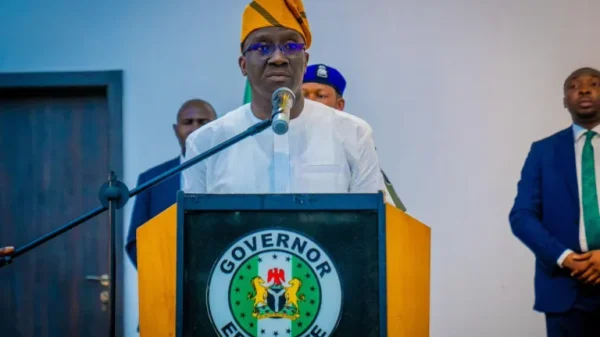Two United States Navy aircraft—a fighter jet and a helicopter—crashed within 30 minutes of each other on Sunday during routine operations over the South China Sea, the US Navy’s Pacific Fleet has confirmed.
All crew members involved were rescued and are reported to be in stable condition. Investigations into the cause of both incidents are ongoing.
The first crash occurred at approximately 2:45 p.m. local time and involved an MH-60R Seahawk helicopter operating from the aircraft carrier USS Nimitz. The helicopter went down during routine operations, and its three crew members were successfully recovered.
About half an hour later, an F/A-18F Super Hornet fighter jet also crashed while conducting similar operations. Both pilots ejected safely and were retrieved by search-and-rescue teams.
The USS Nimitz, the oldest active aircraft carrier in the US Navy, is currently en route to its home port at Naval Base Kitsap in Washington state.
The vessel is on its final deployment before decommissioning, having previously been stationed in the Middle East in response to Houthi rebel attacks on commercial shipping.
Reacting to the incidents, US President Donald Trump described them as “very unusual,” suggesting a possible fuel issue.
“They think it might be bad fuel. We’re gonna find out. Nothing to hide, sir,” Trump told reporters aboard Air Force One while traveling from Malaysia to Japan.
The crashes mark at least the fourth loss of an F/A-18 fighter jet this year, with previous incidents reported in the Red Sea and off the coast of Virginia. No fatalities have been recorded in any of the crashes.
The incidents come amid heightened tensions in the South China Sea, a region where China has asserted sweeping territorial claims, overlapping with those of Vietnam, the Philippines, Malaysia, Brunei, and Taiwan.
Beijing has constructed artificial islands and military installations in the area, drawing international criticism.
The US Navy maintains a regular presence in the region to challenge China’s claims and uphold freedom of navigation in one of the world’s busiest maritime corridors.
China’s foreign ministry expressed willingness to offer humanitarian assistance following the crashes but reiterated its opposition to continued US military operations in the region, calling them destabilizing.
The incidents occurred as President Trump continues his Asia tour, which began in Malaysia and includes scheduled meetings in Japan and South Korea.
He is expected to hold talks with Chinese President Xi Jinping on trade and regional security, expressing optimism about reaching a “strong deal” with Beijing.
![]()


